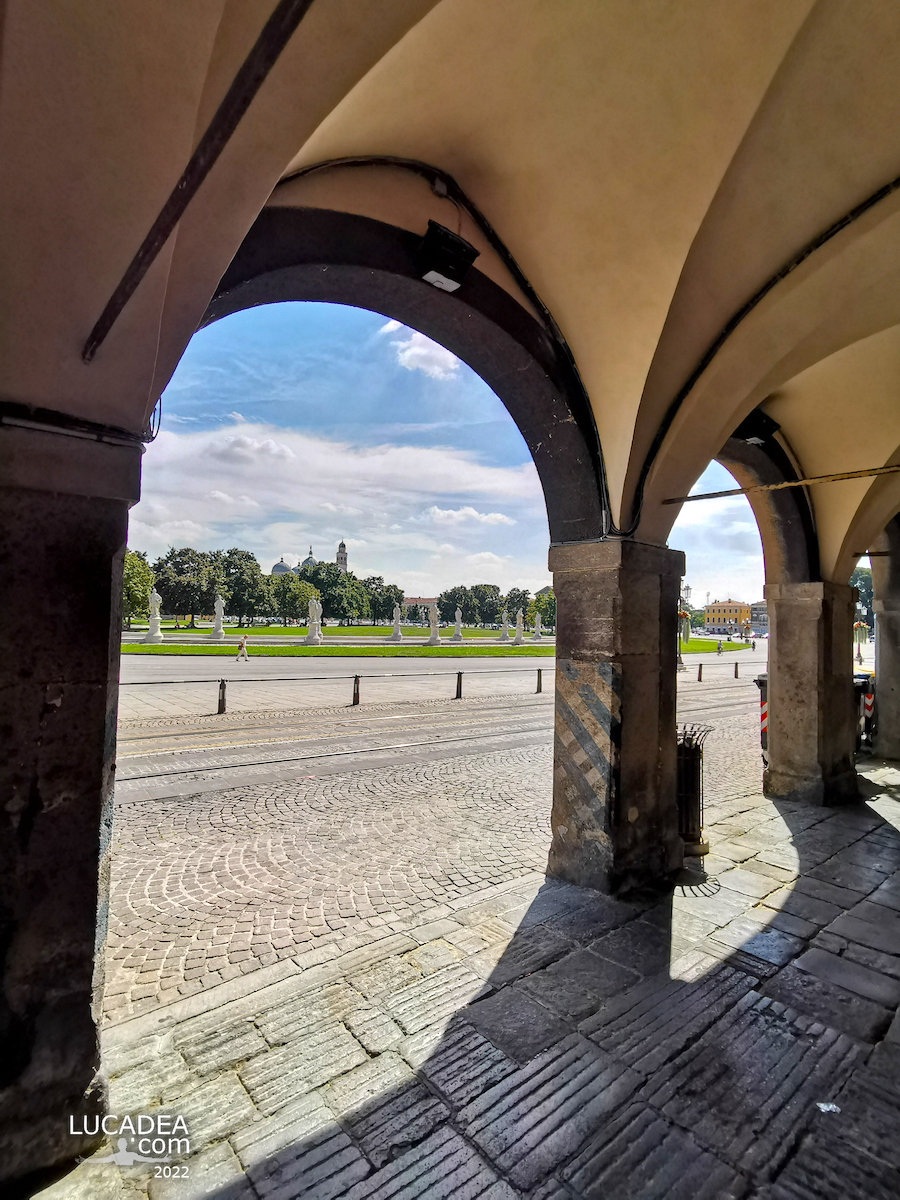Some slam arches in the village of Trevi in Umbria.
In the heart of the medieval village of Trevi, you can admire some fascinating slam arches, architectural structures that not only embellish the narrow streets of the historic center, but also perform a fundamental function of anti-seismic consolidation.
The slam arches, also known as contrast arches, were introduced as a preventive measure against seismic damage. These arches connect the facades of opposite buildings, creating a solid structure that counteracts horizontal thrusts during earthquakes. Their presence is particularly evident in narrow streets, where the limited space does not allow the use of traditional buttresses.
These arches are often built in brick and can have one or more overlapping orders. Their low arch shape is designed to maximize compressive strength and prevent the overturning of the facades. Furthermore, some arches are reinforced with metal chains embedded in the masonry, which further increase the structural stability of the connected buildings.
Walking through Trevi, the slam arches offer suggestive views and represent a tangible example of how traditional architecture can be integrated with advanced technical solutions for the safety of buildings. Their conservation is essential not only to maintain the aesthetics of the village, but also to preserve the historical memory of the construction techniques of the past.
Do you know or have you ever visited the village of Trevi?
Add your own comment or go to the bottom of the site to read what other visitors have written.
Photo taken with Canon EOS RP and lens Canon RF 24-50.
To see all the photos I took in the village click here:

Here is where the village is located:
In the late Middle Ages and the Renaissance it had its best period, characterized by extraordinary trade that favored its economic prosperity (it was called "the dry port"), still testified today by the numerous buildings in the historic center, worthy of appearing in much larger cities, and the economic growth was accompanied by lively cultural and social activity. Already in 1469, to favor the circulation of money a Jewish banker was called, one of the few professions to which those men were authorized, and despite this he was persecuted and later one of the very first Monti di Pietà was erected, followed later by the Monte Frumentario and various other charitable and welfare institutions.
Continue and learn more on Wikipedia
Some slamming arches in the village of Trevi in Umbria – Quelques arches cliquetantes dans le village de Trevi en Ombrie – Algunos arcos que suenan en el pueblo de Trevi en Umbría – Alguns arcos barulhentos na aldeia de Trevi, na Úmbria – Einige klappernde Bögen im Dorf Trevi in Umbrien – Một số mái vòm lạch cạch ở làng Trevi ở Umbria
The text of the post was written with the help of Copilot, a virtual assistant based on artificial intelligence.
References:
– https://ilcapochiave.it/2017/11/14/gli-archetti-di-sbatacchio-presidi-antisismici-premoderni/




















